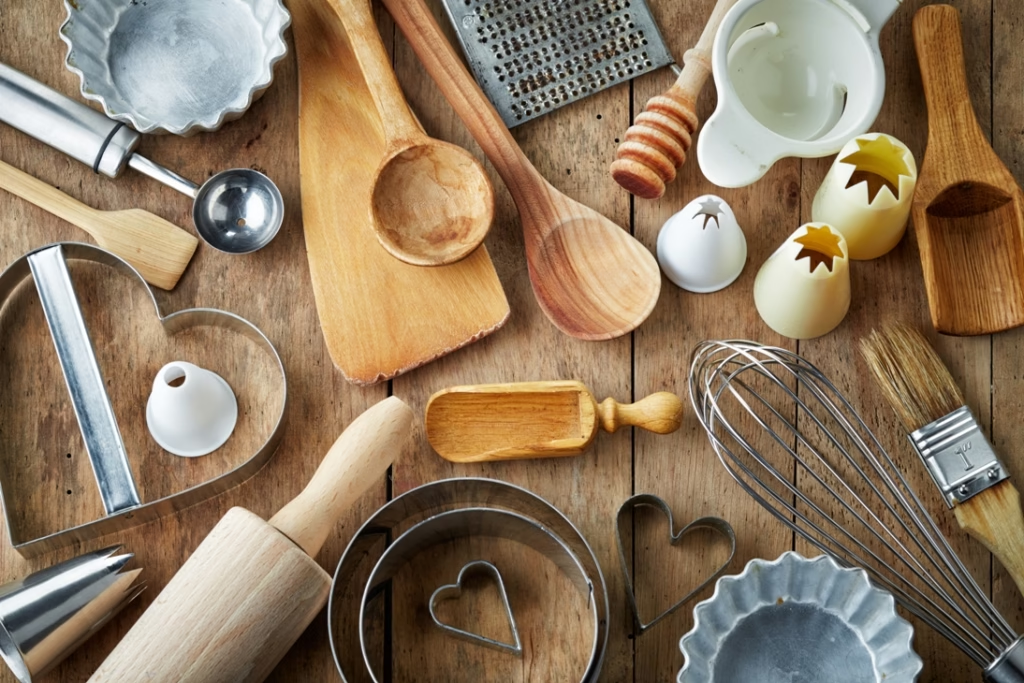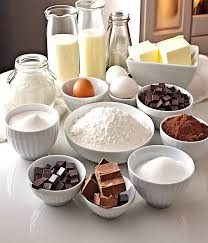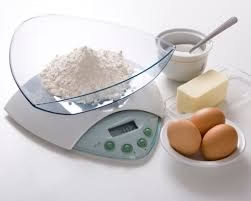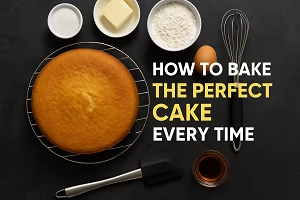There’s nothing more satisfying than pulling a perfectly baked cake out of the oven—fluffy, moist, and golden. But let’s face it, sometimes your cake may sink, crack, or feel dry. If you’ve ever wondered how to bake the perfect cake every single time, this blog is your ultimate guide. With a few smart tips, the right techniques, and a dash of patience, you’ll be baking bakery-quality cakes at home.
🎂 1. Start With the Right Tools

Having the proper baking equipment can make a big difference:
Cooling rack – for even cooling
Oven thermometer – ensures the correct temperature
Measuring cups & spoons – accuracy matters!
Mixing bowls – separate for wet and dry ingredients
Hand or stand mixer – for better blending
Cake tins – greased and lined properly
🧈 2. Use Ingredients at Room Temperature
Cold butter or eggs can lead to uneven batter and dense cakes. Always bring:
- Butter, eggs, and milk to room temperature at least 30 minutes before baking.
This helps ingredients blend smoothly and rise properly.

⚖️ 3. Measure Everything Precisely

Baking is a science. A little extra flour or less sugar can ruin the texture. Always:
Don’t eyeball baking soda or powder!
Level off dry ingredients
Use a kitchen scale for best results
🥄 4. Don’t Overmix the Batter
Mixing too much develops gluten and makes cakes dense or chewy. Once dry ingredients are added:
Fold gently if you're adding extras like nuts or fruits
Mix just until combined

🔥 5. Preheat and Bake at the Right Temperature

Always preheat your oven to the required temperature. Most cakes bake best at 180°C (350°F).
Avoid opening the oven too early (your cake might sink)
Check with a toothpick—it should come out clean
🧁 6. Grease and Line Your Pan Properly
Use butter or oil and parchment paper to avoid sticking
For bundt cakes, dust the pan with flour after greasing
A well-prepped tin = a smooth cake release.

🕓 7. Timing Is Everything

Every oven behaves a bit differently, so:
Don't open the door before 75% of the time is up
Set a timer, but start checking 5 minutes early
❄️ 8. Let It Cool Before Cutting
After baking:
Never frost a warm cake—it’ll melt your icing!
Rest the cake in the pan for 10–15 minutes
Then move it to a cooling rack for even air flow

✨ Bonus: Troubleshooting Common Cake Problems
| Problem | Reason | Fix |
|---|---|---|
| Cake sinks in middle | Oven door opened too early | Avoid opening too soon |
| Dry cake | Overbaking or too much flour | Measure carefully, don’t overbake |
| Cracked top | Oven too hot | Check temp with oven thermometer |
| Dense cake | Overmixed or too little leavening | Mix gently, measure agents properly |
Conclusion
Perfect cakes don’t come from luck—they come from practice, precision, and patience. By following these easy steps, you’ll soon master the art of cake baking and impress your friends and family every time. Remember, every baker starts somewhere—so preheat, mix with love, and bake confidently!
Know More About Cooking







